|
How do we remember Australia’s role in the First World War? What ceremonies do we hold? What monuments are in our local area? What symbols can be seen at these events and places? What do the symbols mean? Find clues to help answer these questions by looking at photos from the 2014 Anzac Day marches and ceremonies across Australia. One of the most important and respected of Anzac Day and Remembrance Day traditions is the playing of the Last Post. Anzac Day is observed every year on 25 April. Commemorative ceremonies take place at dawn to remember the time of the original landing on the shores of Gallipoli. On Anzac Day, ex-servicemen and women put on their medals and march down our city streets to pay tribute to the people who have died for our country and who currently serve in the armed forces. Under certain circumstances their relatives are allowed to march as well. Remembrance Day is observed every year on 11 November to remember those who died or suffered in all wars. Two minutes of silence is observed at 11 am to mark the time that the ceasefire came into effect and the First World War came to an end. How will your school remember?As a class, plan a ceremony that commemorates Australia’s participation in the First World War. Some ideas:
Create something that will play a part in your commemorative ceremony. Some ideas:
|
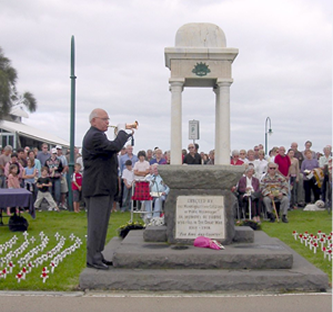 The Last Post. Public domain. |
‘Anzac’ stands for the ‘Australian and New Zealand Army Corps’. It is the name given to the soldiers who fought at Gallipoli during the First World War. Over 50 000 Australians served during the eight months at Gallipoli. Nearly 9000 of them lost their lives. Many of those who did come home were reluctant to talk about their experiences.
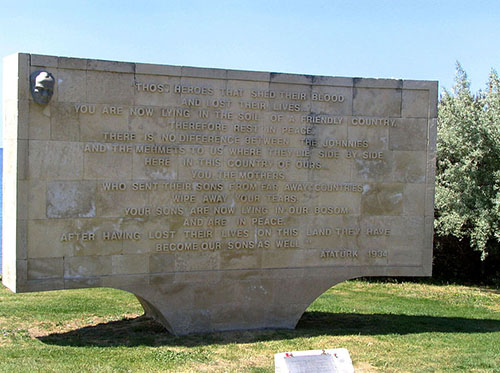
Remembering the Anzacs
©Winstonza, CC BY-SA 3.0
Because of the bravery that the Anzacs showed, it is also the name that we give to a special day in the year. On Anzac Day (25 April) we remember all the Australian men and women who have died in wars.

Many animals also served in the First World War. For example, 130 000 Australian horses were sent to Europe and the Middle East.
|
The first Anzacs travelled from Albany in Western Australia. They trained in Egypt for three months before going to Gallipoli in Turkey. Use Google maps to find the distance between Albany and Gallipoli.
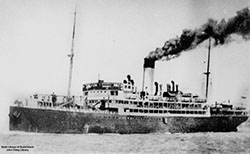 The troop ship Canberra. Public domain. |
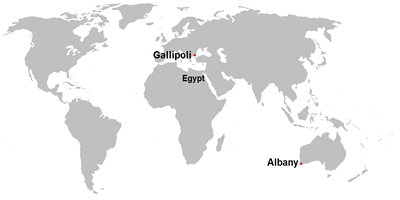 Where is Gallipoli? Public domain. |
|
While it was still dark on the morning of 25 April, 1915 the Anzac troops rowed in to the beaches at Gallipoli. They were very quiet, whispering at most, trying to surprise the Turks. Many were very nervous and keen to start fighting after months of training. The tension must have been incredible. They did get ashore but many soldiers were killed at the same time. Click on the painting to find out more about the landing at Gallipoli and the importance of Anzac Day.
|
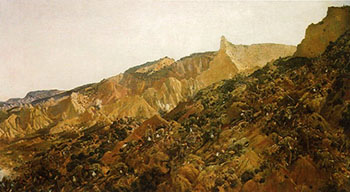 Landing at Gallipoli. George Lambert, public domain. |
